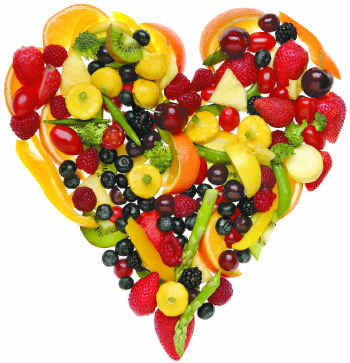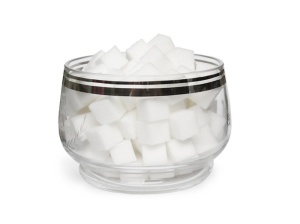 I’m constantly amazed at the effect sugar has on the human body.
I’m constantly amazed at the effect sugar has on the human body.
Last week I made the most powerful pudding ever, which sent my boyfriend and I into what I can only describe as a drug-induced frenzy. Don’t get me wrong, it was a very delicious dessert, but I think we might have overdone the portion sizes. By about 10 times.
I found the recipe on the Ocado website: Sticky Toffee and Banana Pudding. It should come with a health warning! I guess I should have known it would be a pretty decadent dessert, from the lashings of Jamaica Ginger Cake, double cream, butter, maple syrup and, yes, brown sugar, that’s required.
The first mouthful was like heaven, both of us emitting groans of pleasure, and the next few mouthfuls were equally delectable. However, as our internal organs began to wake up and smell the toffee, they started violently protesting, screaming “What the hell are you trying to do to us?” We kept going, determined not to waste any of this delicious concoction. But as we neared the end of the bowl, our movements slowing and our stomachs groaning, we finally had to admit defeat. We practically slumped over the table and immediately had to remove the bowls from sight and smell. We had definitely overdone it.
What happened next can only be described as complete and utter chaos.

First came the collapse on the sofa, when I was reminded of opiate-fuelled shooting up scenes from Trainspotting and Breaking Bad. Next came the incoherent babble, as neither of us could string a sentence together, making communication increasingly difficult. And then came the spasms.
Now, I don’t know if you’ve ever experienced “sugar cramps” as I’ve come to know them, but they’re extremely unpleasant. Your arms and legs keep involuntarily tensing in these spasm-like movements which you have absolutely no control over. You can try gritting your teeth and resisting them, or surrendering and relaxing into them. But nothing works. You just have to ride it out.
It wasn’t until I experienced these cramps at full pelt, immediately after eating so much sugar, that I realised this had been the cause of them previously. About 4 years ago, during a period of fairly high caffeine consumption on my part, I assumed the irritability, muscle cramps, energy swings and general burn-out I was experiencing was down to the coffee. But suddenly now it all became blindingly obvious: it was the sugar. Pure and simple.
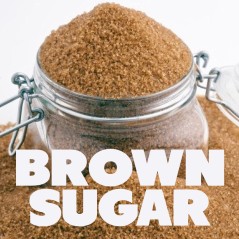 After a while (we lost all sense of time) of babbling, groaning and spasming, amidst cries of “What have I done to us?!” we decided there was only one thing for it: sleep. So we had a nap. A broken, spasming, irritable, uncomfortable nap, but a nap nonetheless. And when we awoke some time later we knew what we needed next: peppermint tea.
After a while (we lost all sense of time) of babbling, groaning and spasming, amidst cries of “What have I done to us?!” we decided there was only one thing for it: sleep. So we had a nap. A broken, spasming, irritable, uncomfortable nap, but a nap nonetheless. And when we awoke some time later we knew what we needed next: peppermint tea.
But only after I’d had a fit of hysterics. You know the kind of hysterics that are literally uncontrollable? When you’re laughing your tits off to the point you can barely breathe and you have no idea what you’re laughing at? Them.
And breathe.
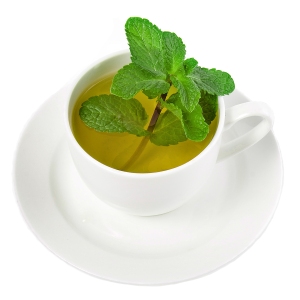 So there we were, drinking peppermint tea in the small hours (I’m guessing) in a state of just-woken, hysterics-recovering, speech-impaired, leg-cramping, messed up delirium. And trying desperately to avoid eye or thought contact with the morsels of pudding that remained in the bowls, or the cooking implements still soiled with the remnants of devilish dessert.
So there we were, drinking peppermint tea in the small hours (I’m guessing) in a state of just-woken, hysterics-recovering, speech-impaired, leg-cramping, messed up delirium. And trying desperately to avoid eye or thought contact with the morsels of pudding that remained in the bowls, or the cooking implements still soiled with the remnants of devilish dessert.
And all this from sugar! Now, granted, it was probably more sugar than either of us would normally eat in a week, but it was just incredible. That a foodstuff could have such physical, mental and psychological effects on the body is practically mind-blowing. And I haven’t even got started on the come down the next morning!
With effects like these, is it any wonder that diabetes is the 5th leading cause of death in the US? 8.3% of the US population have some form of diabetes. That’s 25.8 million adults and children. Diabetes is the leading cause of kidney failure and blindness; it can lead to heart disease, stroke, high blood pressure and nervous system damage; and in 2007 it contributed to over 231,400 deaths in the US alone. In the UK 2.9 million people have been diagnosed and this is expected to increase to 5 million by 2025.
And all this is completely avoidable.
The average American consumes around 56.5kg of sugar per year. For a 9-stone person that basically means eating your own body weight in sugar! And consuming an excessive amount of sugar causes massive strain on the liver and pancreas, which causes too much insulin to be produced, which means too much sugar gets broken down, leading to low blood sugar, or hypoglycaemia. This results in erratic mood swings, sugar cravings, energy lows, irritability and depression. It can further lead to hormonal disturbance, ulcers, menstrual problems and even schizophrenic behaviour. These symptoms can then become major contributing factors in alcoholism, juvenile crime, marital break-up and mental disorders.
Yes – all this from sugar!
 According to my BSY nutrition course, “Excluding addictions to alcohol and drugs, the next greatest threat to health in Western society today, after stress, is probably sugar consumption. Sugar is added to almost all of the prepared food that we eat. These valueless foods fill you up and provide an instant lift. Lots of people consider [sugary] snacks to be perfectly normal, but in the long term they are extremely damaging. The real tragedy is that our children in particular are eating more and more sweets, cakes and sugary foods. This is destroying their bodies and setting them up for a life of hypoglycaemia and diabetes.”
According to my BSY nutrition course, “Excluding addictions to alcohol and drugs, the next greatest threat to health in Western society today, after stress, is probably sugar consumption. Sugar is added to almost all of the prepared food that we eat. These valueless foods fill you up and provide an instant lift. Lots of people consider [sugary] snacks to be perfectly normal, but in the long term they are extremely damaging. The real tragedy is that our children in particular are eating more and more sweets, cakes and sugary foods. This is destroying their bodies and setting them up for a life of hypoglycaemia and diabetes.”
Many people don’t realise that refined sugar is a powerful stimulant and has a drug-like effect on the body – as I’ve experienced first-hand! Whilst everyone knows that too much alcohol or nicotine can seriously harm your health, the effects of other stimulants like caffeine and particularly sugar are often dumbed down or dismissed.
Maybe it’s time we started printing health warnings on chocolate bars and bags of sweets…?
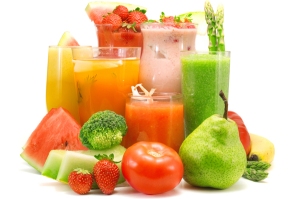 I’ve always wanted to try fasting. There are many reported health benefits of going without food for short periods of time and the 5:2 intermittent fasting diet (where you eat normally for 5 days and fast on the other 2) seems to have had a lot of
I’ve always wanted to try fasting. There are many reported health benefits of going without food for short periods of time and the 5:2 intermittent fasting diet (where you eat normally for 5 days and fast on the other 2) seems to have had a lot of 
 To breakfast or not to breakfast? That is the question. It’s a no-brainer as far as I’m concerned. A decent breakfast makes you feel good, gives you energy and sets you up for the day.
To breakfast or not to breakfast? That is the question. It’s a no-brainer as far as I’m concerned. A decent breakfast makes you feel good, gives you energy and sets you up for the day.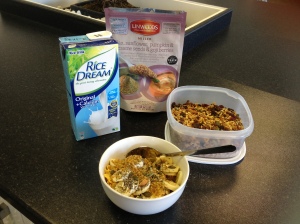 A base of
A base of  And of course no breakfast would be complete without a strong smokey cup of
And of course no breakfast would be complete without a strong smokey cup of 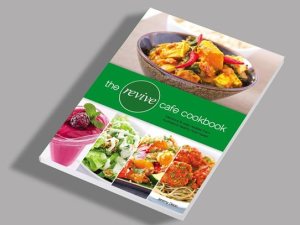 I was recently in New Zealand visiting my sister and one of my Christmas presents from her was the fantastic
I was recently in New Zealand visiting my sister and one of my Christmas presents from her was the fantastic 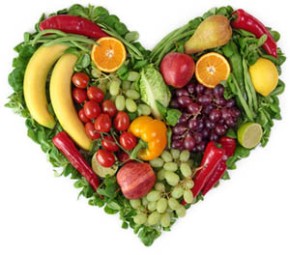 Hello and welcome to my first blog post!
Hello and welcome to my first blog post!